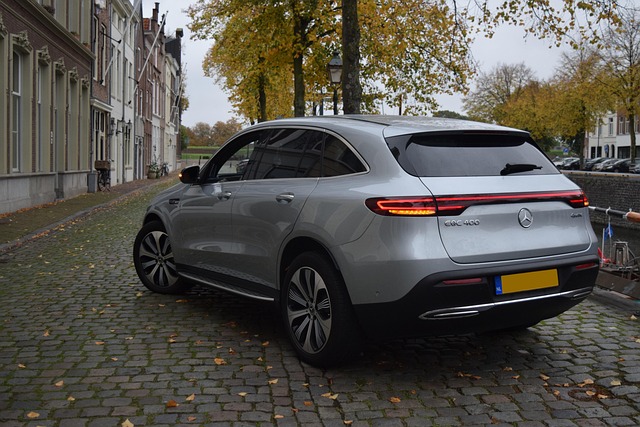Introduction: The Immunotherapy Challenge
Cancer immunotherapy has revolutionized oncology, offering durable responses in previously intractable malignancies. However, a significant proportion of patients exhibit primary or acquired resistance. Understanding the mechanisms underlying this resistance is crucial for improving treatment efficacy. Altered signaling pathways within the tumor microenvironment (TME) play a pivotal role, and extracellular vesicles (EVs) have emerged as key mediators of intercellular communication, influencing immune cell function and tumor progression.
Extracellular Vesicles: Messengers of the Tumor Microenvironment
Extracellular vesicles (EVs) are nano-sized vesicles released by cells that carry a diverse cargo of proteins, nucleic acids (DNA, mRNA, miRNA), and lipids. These vesicles facilitate communication between cancer cells and immune cells within the TME, modulating immune responses and contributing to immunotherapy resistance. EVs can be broadly classified into exosomes (30-150 nm) and microvesicles (100-1000 nm), although precise distinction can be challenging.
EV-Mediated Suppression of Anti-Tumor Immunity
Cancer-derived EVs can suppress anti-tumor immunity through several mechanisms. They can transfer immunosuppressive molecules, such as programmed death-ligand 1 (PD-L1), to immune cells, leading to T cell exhaustion. Additionally, EVs can deliver microRNAs (miRNAs) that inhibit the expression of immune-stimulatory genes in immune cells or promote the differentiation of myeloid-derived suppressor cells (MDSCs) and regulatory T cells (Tregs), which suppress anti-tumor immune responses.
# Example: Simulating miRNA inhibition of gene expression
import numpy as np
# Define inhibition rate (example)
inhibition_rate = 0.6 # 60% inhibition
# Initial gene expression level
initial_expression = 1.0
# Calculate inhibited expression level
inhibited_expression = initial_expression * (1 - inhibition_rate)
print(f"Initial Gene Expression: {initial_expression}")
print(f"Inhibited Gene Expression: {inhibited_expression}")EVs and the Modulation of Immunosuppressive Cells

EVs play a significant role in recruiting and activating immunosuppressive cells like MDSCs and Tregs. Cancer-derived EVs can carry chemokines, such as CCL2 and CCL5, that attract MDSCs to the tumor site. Moreover, EVs can deliver TGF-β and IL-10, cytokines that promote the differentiation and activation of Tregs. This leads to a more profoundly immunosuppressive TME, hindering the effectiveness of immunotherapy.
Targeting EV Signaling: A Novel Therapeutic Avenue
Given the crucial role of EVs in mediating immunotherapy resistance, targeting EV signaling represents a promising therapeutic strategy. Approaches include inhibiting EV biogenesis, blocking EV release, and preventing EV uptake by target cells. For example, inhibitors of neutral sphingomyelinase 2 (nSMase2), an enzyme involved in EV biogenesis, have shown promise in reducing EV production and enhancing the efficacy of immunotherapy. Another approach involves developing decoy EVs that can competitively bind to target cells, preventing the uptake of cancer-derived EVs.
Future Directions and Concluding Remarks
Further research is needed to fully elucidate the complex interplay between EVs, the immune system, and cancer cells. Developing reliable biomarkers for EV-mediated immunotherapy resistance is essential for patient stratification and personalized treatment strategies. Combining EV-targeting therapies with existing immunotherapies holds great potential for overcoming resistance and improving outcomes for cancer patients.